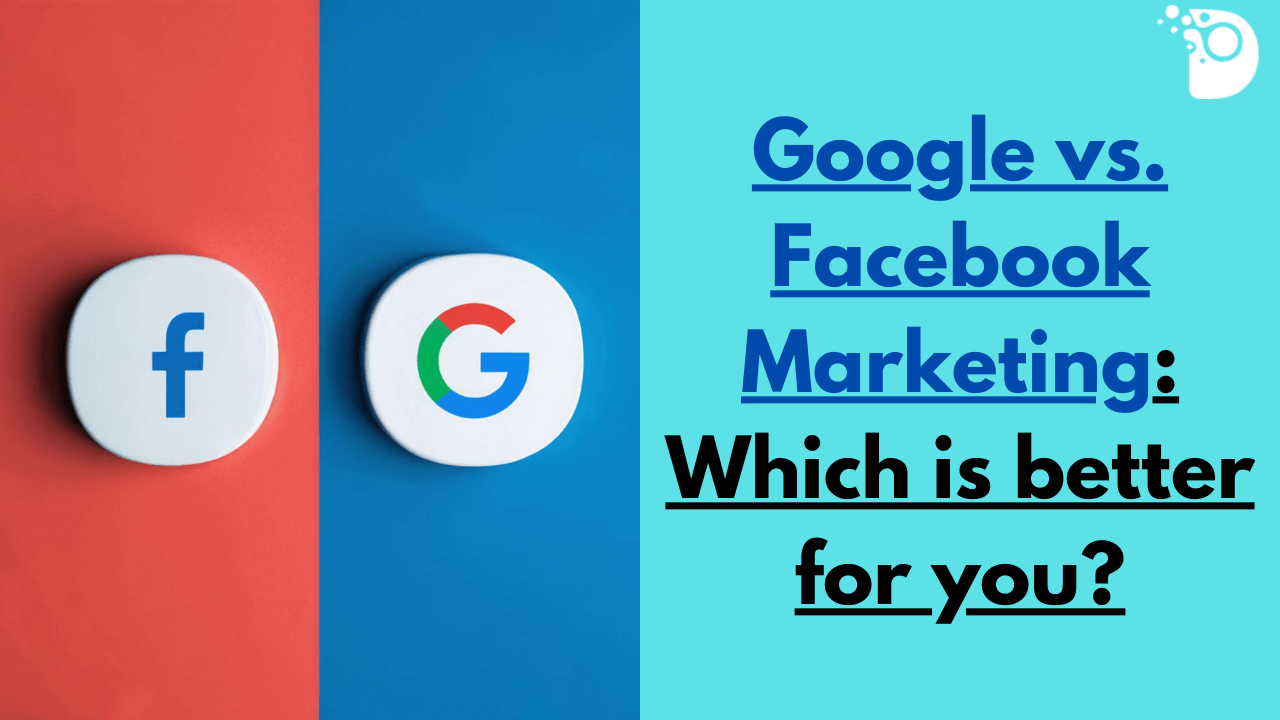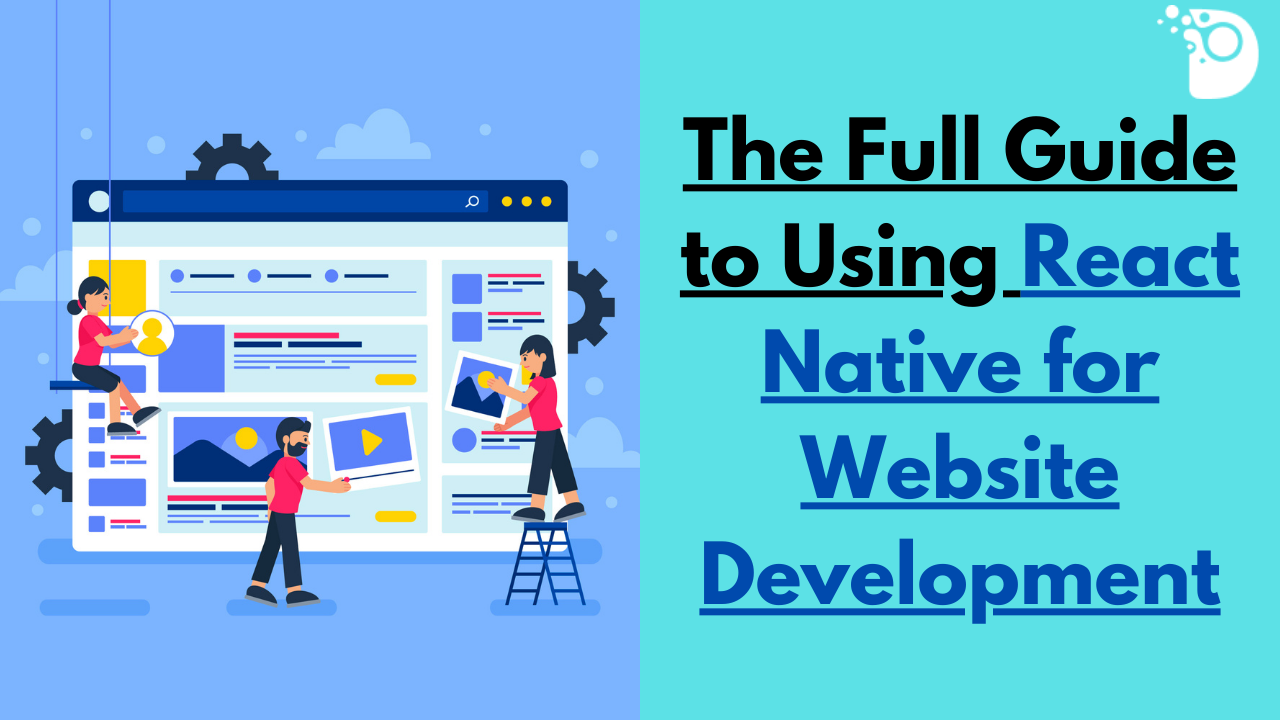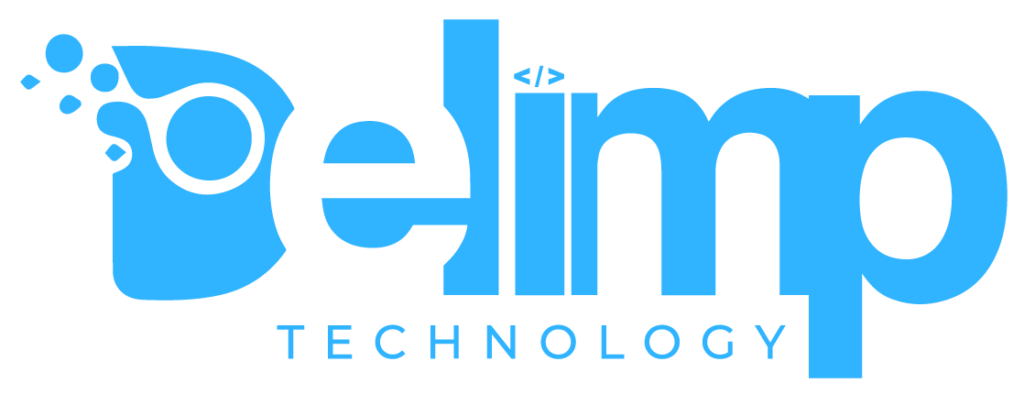As Google continues to change constant updates and modifications to their SEO algorithm, one thing continues to face true. You cannot oversimplify things and only specialize in one dimension. Your SEO strategy must address both on-page SEO and off-page SEO.
What is On-Page SEO?
On-page SEO (Search Engine Optimization), it’s the process of optimization of the website through changes in Source code, which means that you will have to adjust some elements on your site so that google search engines can understand the content, as well as the structure of the content or website, helping you get a better rank. You must know that your ranking depends on the content and data, which can be collected through website by the search engines. So in the basic language, if search engines can get more information about the site the more chances you will have to rank better in the search engine index.
There are some basic search engine optimization tactics:
- Using keywords in your blog content and page title
- Optimizing the Meta tag and Meta description to better stand out in search engine result pages (SERPs)
- Using HTML tag and Image alt tags
On-page SEO factors:
Content:
SEO stands for Search Engine Optimization which helps your website rank high on search engines. SEO friendly content is that which is easy for search engines to index and that which enriches user experience. Search engines crawl websites to index relevant content which would give users the useful information that they are searching for.
Keywords:
Without efficient inclusion of keywords into the content, your website might highly go unnoticed by search engines and will not get ranked high on result pages. As a result your content will not reach a large audience.
Title Tag:
The title tag is an HTML element that specifies the main title of a web page. Title tag optimization is giving the heading to the content as per the service or product. It’s very important for search engine optimization and keyword ranking.
Meta Description:
A Meta description is the small paragraph text (snippet of information) shown on the search engine result page below the title. It is placed in the HTML of a webpage that describes its content.
1. Less than 155 characters: A Meta description should be written under 155-160 characters. If it is longer than 160 characters, the search engine will cut the end off. Actually, google does not measure by characters it measures by pixels. There are some tools to check the length of your Meta description and title tag.
2. Important keywords: when you writing your Meta description, you have to make sure to include the most important keywords on your page. This is because search engines often highlight where it find the content that matches what the searcher is looking for in your content (snippet information).
3. Call to action: “Learn more”, “Read more”, “discover”, “how” and “see” are all action-oriented words. You should include these in your Meta description if not start with. Including a call to action, words are effective because it tells the reader what they can do if they click on the result. As mentioned before, it is good to let the researchers know what they’ll get from visiting your page.
Alt-text:
Alt-text is the short of alternate text which means you need to enter the alternate key phrase or term in the image alt text field. Which is understandable by Google and other search engines.
The description is used in Meta Description as well as an Image description. The main purpose of the description is to provide information about related text or images.
URL Structure:
SEO is not just inserting Meta tags and link building but it involves a lot more than that, and an SEO-friendly URL structure is one of them. It should, first of all, be readable. Users read the URL before clicking on it, and if people cannot read it, Search Engines definitely won’t!
Here are a few points which you need to keep in mind:
1. Use hyphens instead of underscores
Google’s bots are known very well underscored as word separators. If your URL includes what_is_URL_Structure search engines might read it as whatisURLStructure
However, if you use hyphens in your URL, what-is-URL-Structure search engines would read it as:
- What is URL Structure
- URL Structure
- Structure
- URL
- What is URL
2. Don’t use any capitals in the URL
This should always be avoided. Alphabet letters in URLs encrypt the URL, making it incredibly difficult to remember.
Also, http://Delimp.com/keyword is a different URL than https://delimp.com/Keyword.
3. Keywords in URLs
Keywords must be present in the URL but not more than what is necessary. The important keywords should be written at the start of the URL as the Search Engines pay greater attention to that part.
Example: https://delimp.com/10-seo-tips-to-help-you-outrank-your-competitors-on-google
4. Avoid Parameters
These are nothing but the variables added to the URL.www.delimp.com/serviceID=12343
The above characters marked in blue are the parameters. Instead of adding these unformal characters, it is advisable to add real and clear descriptive words that are easy to understand by the users.
It’s better to use something like this:
www.delimp.com/service-name/12343

Internal linking:
Internal linking Link that is in your website pointing on another page of your website. They are commonly used in the main navigation. They allow users to navigate a website.
Why are internal links important?
Internal links are important for three main reasons.
- Crawl
- Relevance
- Priority
Schema markup:
Schema markup is an easy way to ‘describe’ your content to search engines in a method they can understand it. For example, If Google bots to appear your business’s store name, address, and phone number then without Schema markup, this information would not display.
What is Off-Page SEO?
Off-page SEO (search engine optimization) refers to techniques that can be used to improve the rank of a website on the search engine results page (SERPs). Some people associate off-page SEO (search engine optimization) with link building but it is not only that.
Advantages of Link Building in SEO:
1. Build Your Brand Authority
2. Drive Steady Referral Traffic on Autopilot
3. Long Term Directory & Resource Links
4. Create New Relationships
5. Brand Name Exposure & Recognition
OFF-PAGE SEO FACTORS:
Backlinks:
Backlink is the process through which you can get traffic to your website from other websites. For example Website A has a link of Website B somewhere on its contents, then Website B has a backlink from Website A. So if Website B also puts a link of Website A somewhere on its content, then Website A has a backlink from Website B.
There are 2 types of backlinks:
- Dofollow: Dofollow backlinks are basically those links that crawlers are able to crawl you get do-follow links from websites that have high PA, PA scores, and low spam scores.
*(Note: always check the DA, PA, and spam score of the websites before going for submissions.)*
- Nofollow: A Nofollow link is often overlooked by Google. As a result, it will not really have a direct impact on the site. A Nofollow link will not affect the position of a site in the search results.
Social promotion:
Social promotion is a way to get more traffic by social media post, social posts that generate a lot of clicks will instantly help boost traffic to the website.
Local SEO:
Local SEO is a search engine optimization process that helps local businesses rank in local searches on Google/Yahoo/Bing and other search engines so that your business is seen by potential customers searching for a local business or just searching for services as per customer’s preferences.






